Innovating your Business with Green Data Centers
Blog: Innovating your Business with Green Data Centers Data centers are centralized facilities equipped with essential hardware like servers, storage devices, and networking equipment.
One element critical to the success of any business in the digital era is data backup. However, organizations differ in how they approach data loss prevention. If your business generates data daily, it won’t be long before the volume of data in your hands becomes more than you can efficiently handle. Even with the potential to spiral out of control, all that data is only an infinitesimally small fraction of the entire data organizations generate across the world. But in an era where data security counts, where does all this data live?
A Forbes estimate from 2017 reckoned that within three years (2020), 1.7 Mb (that’s megabytes or a million bytes) of new information would be created per second per person on the planet. The report goes on to point out that this data will be available on the cloud. This is both good news and bad news for businesses – because if information can be accessed this easily, it can also be lost in a snap if anything happens to the data center handling the cloud storage.
This goes to show that aside from storage, you also need to consider your data backup scheme, and for myriad of companies, using image-based backups is one of the best options.bakit
When preserving data, there are two components to be aware of: backups and restores. Image-based backup is essentially a saved snapshot of your data; it preserves a copy of a machine’s OS, including system application configurations and state. The “image” is a single file containing information captured in the copy.
The image refers to a specific point in time where the snapshot is done, therefore, you can restore to that point if you need to.
Image-based backup involves multiple servers that store copies of each image file; therefore, a business can go on when something goes wrong.
Growing enterprises need a reliable way to back up their valuable business data. Let’s draw a simple analogy: the images on your cellphone hold timeless memories. It’s a snapshot of a non-repeatable moment in time.
Similarly, image-based backups are a snapshot of your hard drive at a specific moment in time. As a result, they offer massive flexibility potential when you need to recover the data, such as when your business suffers unfortunate data loss due to a fire or another unexpected event.
Images are able to track changes to a file over a period of time. It’s quite similar to version control and makes it easy to apply changes to these files to recreate them to mirror a specific moment.
If a data disaster occurs, you don’t want customers to experience a lag in accessing your service. Image-based backups are a complete complement of the images or snapshots of data on a server or workstation. It also makes it easier to perform recovery by identifying a specific preferred point in time for restoration.
Image-based backups are quite handy or of manageable size compared to a traditional tape backup solution. Therefore, you can take multiple backups of files throughout the day. Multiple file backups are a plus because it only interacts with files changed since the last backup.
Image-based backups are automatic, allowing a business to use them without the added burden of remembering to set up the tape backup before everyone leaves work.
In the event of equipment failure, restoring data from image-based backups are hardware- agnostic. You don’t need identical hardware for the process to be successful. It enables businesses to acquire equipment upgrades instead of scouring the internet for compatible older devices.
By using image-based backups, your business can restore an entire server or even a single corrupted file. Such granular control is necessary where you want speed and precision in a way that gets your business back up in no time.
It’s common for data failures to occur at locations with minimal or zero qualified human presence. An image-based backup can restore data without the need for on-site presence. If a fire or another destructive element consumes your assets, backups from a different location without significant disruptions can be swiftly done.
When companies operate from multiple locations, it becomes proportionately complex to manage IT. Image-based backups make it possible to coordinate company data from a central location. If a data disaster occurs at a remote location, recovery is possible without the need for IT staff to be present there.
The same standards applicable at the primary office or headquarters are obtainable at the remote location.
Image-based backups provide better performance during data restoration. Compare this to traditional backup devices where everything needs to be restored at once, slowly transferring all the files and writing them to a hard drive. Image-based restoration makes room for the insanely rapid deployment from the backup media; this also saves time – maybe several hours.
Your company can even virtualize using the data backup solution if the primary server encounters issues. It's an excellent way to minimize downtime further. Where a server malfunction would normally cause days of downtime, efficient image-based backups can reduce downtime to minutes.
Businesses lacking adequate preparation for downtime often end up paying a higher price than they could imagine. Data is critical for every modern business operation. Protecting your data is an urgent responsibility that ensures business continuity.
Effective business continuity generally includes a backup solution that enables your business to access data easily and speedily when a disaster occurs. Where possible, companies should use image-based backup solutions such as ActiveImage Protector a.k.a Actiphy. In many ways, it is superior to other methods of backing up data. Besides, it's more flexible and adaptable while requiring fewer resources and labor than alternative solutions.
While companies may struggle in finding a data backup solutions provider, businesses in the Philippines can leverage the services of IPSYSTEMS, a leading cybersecurity solutions provider in the country.



Blog: Innovating your Business with Green Data Centers Data centers are centralized facilities equipped with essential hardware like servers, storage devices, and networking equipment.

Blog: CCTVs: A must-have for every organization Nearly every business and organization, regardless of size, has already implemented CCTV Services within their premises because

Blog: Combating Bullying in Digital Classrooms: Empowering Students for a Safer Learning Environment Bullying is a pervasive issue that inflicts emotional, psychological, and physical

Established in 2007, IPSYSTEMS, Inc. is a trusted and valued cybersecurity and IT distributor in the Philippines. It has solutions specifically focused on IT Infrastructure Security, Secure Remote Access and Monitoring, and Email and Data Security.